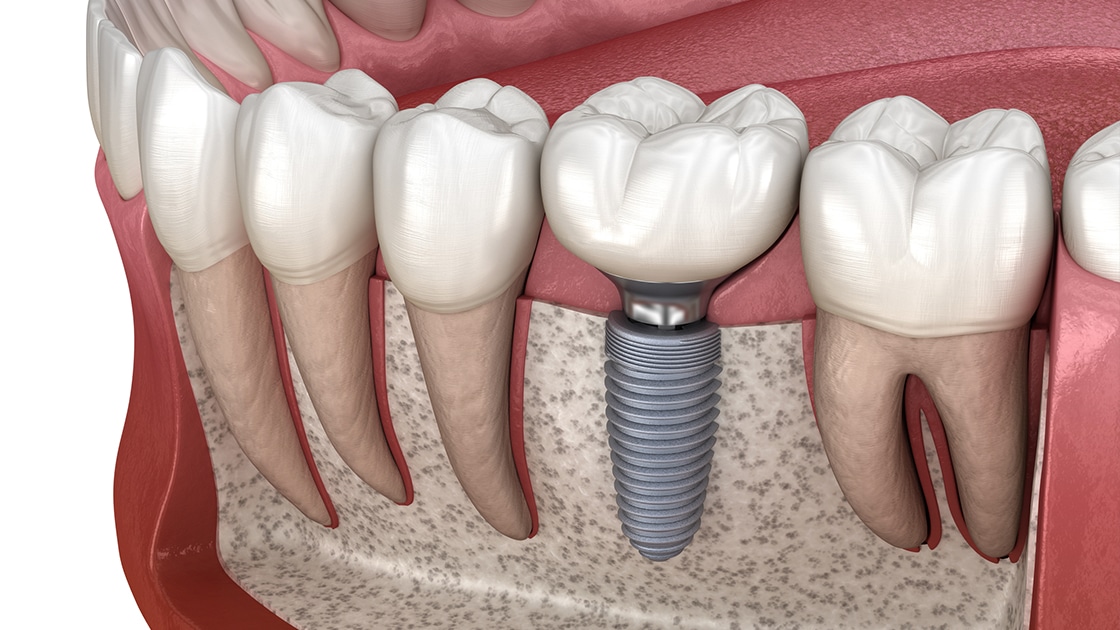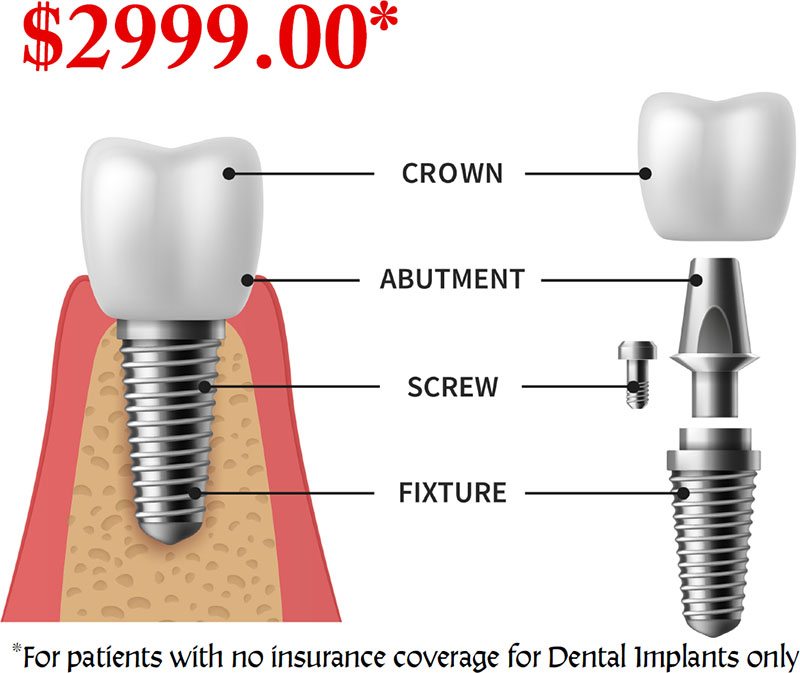Experience Quality Dental Implants Kent: Boost Your Confidence
Experience Quality Dental Implants Kent: Boost Your Confidence
Blog Article
Experience the Most Current Developments in Oral Implants Modern Technology
As the area of dental care proceeds to progress, the innovations in oral implant technology have actually been nothing brief of amazing. The assimilation of innovation is transforming the capability of dental implants, assuring improved end results and client satisfaction.
Advanced Products for Enhanced Longevity
In the realm of oral implants technology, the combination of advanced materials has actually considerably added to enhancing toughness and longevity of these important oral prosthetics. The usage of products such as titanium alloys, zirconia, and ceramic substances has reinvented the area by offering enhanced toughness, biocompatibility, and resistance to rust.
Titanium alloys are extensively made use of in dental implants because of their phenomenal strength-to-weight ratio, corrosion resistance, and compatibility with the human body. These alloys make certain the stability and longevity of the implant by standing up to the pressures applied throughout chewing and speaking, providing a reputable option for people looking for sturdy tooth replacements.
Zirconia, a type of ceramic material, has gained popularity for its biocompatibility and natural tooth-like appearance. Its high strength and resistance to wear make it a suitable choice for dental crowns and bridges, enhancing the overall aesthetic appeals and performance of the implant.

Digital Imaging for Specific Positioning
The development of oral implants modern technology has further advanced with the combination of digital imaging techniques, guaranteeing accurate positioning of these prosthetics for ideal functional and aesthetic end results. Digital imaging plays a crucial duty in the preparation and placement of dental implants by giving thorough 3D pictures of the client's jawbone framework. This modern technology enables dental experts to examine bone density, situate essential structures, and prepare the exact position and angle for implant placement with exceptional accuracy.
By making use of digital imaging, dentists can develop virtual surgical overviews that work as a roadmap throughout the implant positioning treatment. These overviews are customized for each person, taking into consideration their unique composition and the desired end result. This level of accuracy not only improves the success price of dental implant treatments but likewise reduces the danger of difficulties.
In addition, digital imaging makes it possible for dental professionals to envision the final prosthetic repair prior to the actual positioning of implants, enabling careful preparation and guaranteeing that the result meets the individual's visual expectations. Generally, the assimilation of electronic imaging innovation has actually changed the field of dental implants, offering individuals an extra foreseeable, efficient, and patient-specific treatment technique.

Minimally Intrusive Surgical Techniques


Developments in surgical approaches have actually brought about the growth of minimally intrusive techniques in the field of oral implantology. These methods aim to reduce injury to the person, shorten recovery times, and boost general therapy end results. Minimally invasive operations include smaller lacerations, specialized tools, and progressed imaging innovations to precisely position dental implants with marginal disturbance to bordering tissues.
One trick element of minimally invasive methods is making use of assisted surgical procedure, where 3D imaging and computer-aided style software are used to plan the dental implant placement with fantastic accuracy. This enables a much more predictable end result and can usually get rid of the need for considerable flap surgery.
In addition, developments in products and implant style have likewise added to the success of minimally invasive strategies. Implants with improved surface area properties advertise much faster osseointegration, decreasing the recovery time required before the prosthetic reconstruction can be placed.
3D Printing for Personalized Solutions
Making use of 3D printing technology in oral implantology see it here allows for the development of very customized services customized to specific patient needs and physiological variants. This cutting-edge technology allows oral specialists to design and fabricate dental implants with phenomenal precision and accuracy. By using digital imaging methods, such as cone light beam calculated tomography (CBCT), detailed 3D models of the client's mouth can be created to lead the dental implant planning process.
One of the key advantages of 3D printing in dental implantology is the ability to create patient-specific implants that perfectly fit the distinct anatomy of each individual. This customized technique assists enhance the general success and durability of the implant by making sure ideal fit and positioning. Furthermore, 3D printing enables the hop over to here production of complex geometries and elaborate structures that would certainly be tough or difficult to accomplish using traditional manufacturing approaches.
In addition, 3D printing modern technology allows dentists to streamline the implantation procedure, minimizing surgical treatment time and improving overall person experience. With its ability to produce personalized solutions quickly and efficiently, 3D printing is changing the field of dental implantology, offering patients innovative treatment options and enhanced end results.
Integrated Technology for Improved Performance
Carrying out cutting-edge modern technology in oral implantology enhances performance and accuracy, elevating the requirement of treatment for clients going through dental implant procedures. Integrated modern technology plays a vital duty in improving the general success and durability of dental implants.
In addition, the integration of computer-aided design and computer-aided production (CAD/CAM) technology allows the production of personalized implant reconstructions with exceptional precision. CAD/CAM systems utilize electronic impressions to create prosthetics that perfectly fit the individual's distinct anatomy, making sure optimal comfort and performance. Furthermore, making use of robotic-assisted surgery in implant placement enhances precision and reduces the danger of human error.
Final Thought
To conclude, the most current technologies in oral implants modern technology offer boosted durability with sophisticated products, exact placement see post with digital imaging, minimally intrusive medical methods, personalized solutions with 3D printing, and boosted capability with incorporated technology - Dental implants Kent. These developments in dental implants technology are revolutionizing the area and supplying clients with more effective and effective therapy choices for restoring their smiles and dental health and wellness
The combination of technology is changing the functionality of oral implants, promising boosted outcomes and individual fulfillment.
The evolution of dental implants modern technology has additionally advanced with the combination of electronic imaging techniques, making sure precise placement of these prosthetics for optimum functional and aesthetic end results. Minimally invasive surgical treatments entail smaller cuts, specialized tools, and advanced imaging innovations to specifically position dental implants with very little disturbance to bordering tissues.
Executing sophisticated technology in dental implantology improves capability and accuracy, elevating the requirement of treatment for people undergoing implant procedures. Dental implants Kent. Integrated innovation plays a crucial role in enhancing the general success and durability of dental implants
Report this page